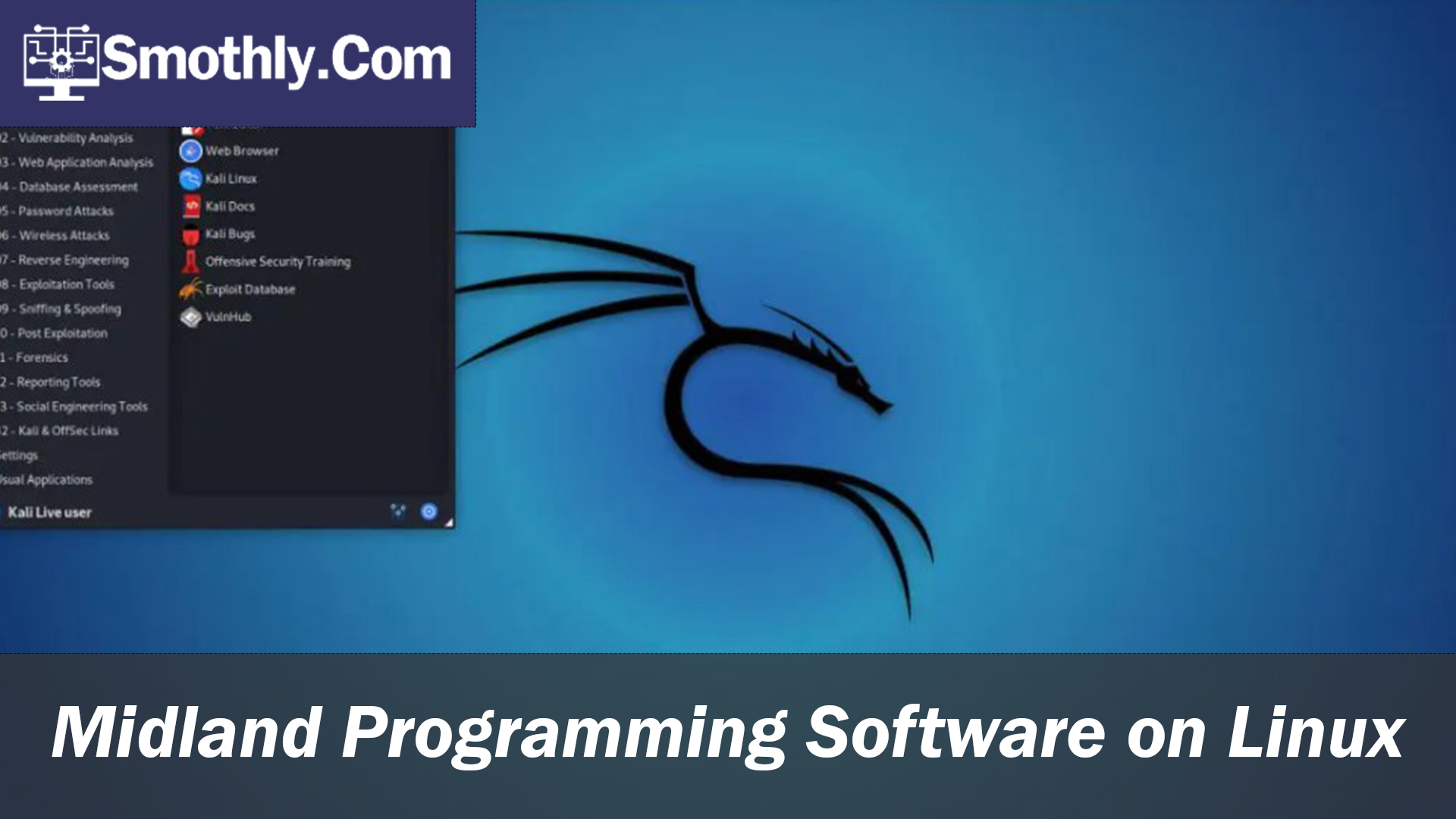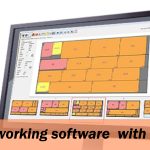midland programming software on linux is a powerful tool designed to facilitate programming and configuration tasks for various devices and systems. It provides users with an intuitive interface and a set of features tailored to meet the needs of both novice and experienced programmers. Compatible with multiple operating systems, It stands out for its efficiency and ease of use.
Benefits of Using Midland Programming Software on Linux
- Enhanced Performance: Midland programming software on Linux is optimized for performance, ensuring smooth operation even with complex tasks. Linux’s stability complements the software’s capabilities, providing a reliable programming environment.
- Open Source Advantage: Linux is known for its open-source nature, which often means greater flexibility and customization. Midland programming software integrates seamlessly with Linux’s open-source ecosystem, allowing users to modify and tailor their programming environment as needed.
- Cost-Effective: Linux is a cost-effective alternative to other operating systems, often available at no charge. By using Midland programming software on Linux, users can benefit from high-quality programming tools without incurring additional costs.
- Security and Stability: The security and stability of Linux are well known. Midland programming software leverages these attributes, offering a secure platform for programming tasks. This is particularly important for users working with sensitive or mission-critical applications.
How to Install Midland Programming Software on Linux
Installing Midland programming software on Linux involves a few straightforward steps:
- Download the Software: Visit the official website or a trusted repository to download the Midland programming software package for Linux. Ensure you select the version compatible with your Linux distribution.
- Prepare Your System: Before installation, update your system packages to the latest versions. This can be done using your package manager. For example, you can use commands like sudo apt-get update for Debian-based systems or sudo yum update for Red Hat-based systems.
- Install Dependencies: Midland programming software may require specific libraries or dependencies. Install these using your package manager. Common dependencies might include development tools and libraries.
- Run the Installer: Navigate to the directory where you downloaded the software package and run the installer. This might be a .deb, .rpm, or another package format. For example, use sudo dpkg -i <package_name>.deb for Debian-based systems.
- Follow Installation Prompts: The installer will guide you through the setup process.
- Verify Installation: After installation, verify that the software is correctly installed by running it from the terminal or applications menu. You can also check for any updates or configuration options.

Common Issues and Troubleshooting
While Midland programming software is generally reliable, users may encounter occasional issues. Here are some common problems and their solutions:
- Installation Errors: If you encounter errors during installation, ensure that all dependencies are installed and that you have the correct package for your Linux distribution. Check the installation logs for specific error messages.
- Compatibility Issues: If the software doesn’t run as expected, verify that it is compatible with your version of Linux. Sometimes, newer or older versions of the software may be required.
- Performance Problems: If you experience performance issues, consider adjusting system settings or checking for conflicting software. Ensuring your system is updated can also improve performance.
Comparisons with Other Platforms
When evaluating Midland programming software on Linux, it’s useful to compare it with other platforms, such as Windows 10, to understand its unique advantages and limitations. This comparison helps users make informed decisions based on their specific needs and preferences.
1. Cost and Accessibility
- Linux: One of the primary advantages of Linux is its cost-effectiveness. Most Linux distributions are free to use, which can significantly reduce expenses for users and organizations. It typically aligns with this cost-effective nature, offering powerful features without additional cost.
- Windows 10: In contrast, Windows 10 generally requires a purchase or licensing fee. Although there are versions of Midland programming software available for Windows 10, the overall cost of the operating system and potential licensing fees can add up.
2. Customization and Flexibility
- Linux: Linux is renowned for its high level of customization. Users can modify the operating system and software environment to suit their specific needs. Midland programming software on Linux benefits from this flexibility, allowing users to integrate it seamlessly into various setups and workflows.
- Windows 10: Windows 10 offers less flexibility compared to Linux. While it supports a wide range of applications and configurations, users have limited ability to customize the operating system itself. This can sometimes restrict how Midland programming software integrates into the environment.
3. Performance and Stability
- Linux: Linux is often praised for its stability and performance. The operating system is designed to handle multiple tasks efficiently, and it is less prone to crashes and slowdowns. Midland programming software on Linux leverages these attributes, providing a stable and reliable environment for programming tasks.
- Windows 10: Windows 10 provides robust performance but may experience occasional instability, especially with heavy workloads or software conflicts. Users of Midland programming software on Windows 10 might encounter occasional performance issues, depending on their system configuration.
4. Software Compatibility and Support
- Linux: Linux’s open-source nature means that software compatibility can vary. While many applications, including Midland programming software, are well-supported, users may occasionally need to troubleshoot compatibility issues. The Linux community provides extensive support, but it may not be as straightforward as commercial support options.
- Windows 10: Windows 10 benefits from broad software compatibility and commercial support. Midland programming software on Windows 10 often comes with extensive documentation and customer support, making it easier for users to resolve issues and get assistance when needed.
5. User Experience and Interface
- Linux: The user experience on Linux can vary significantly based on the distribution and desktop environment. It is designed to integrate with these environments, but users may need to adjust settings or preferences to match their specific setup.
- Windows 10: Windows 10 provides a consistent user interface and experience, which can simplify the use of Midland programming software. The software is often optimized for the Windows environment, providing a more uniform experience for users.
6. Security and Updates
- Linux: Linux is known for its strong security features and frequent updates. It benefits from the operating system’s security model, offering a secure environment for programming tasks. Regular updates and patches are also available, ensuring that both the operating system and software remain current.
Windows 10: Windows 10 also offers robust security features, but users may experience more frequent updates and patches, which can sometimes disrupt workflows. Midland programming software on Windows 10 receives updates in line with these patches, but the update process may be less seamless compared to Linux
Conclusion
In summary, It offers a robust and flexible solution for programming and configuration tasks. Its benefits, including performance, cost-effectiveness, and integration with Linux’s open-source ecosystem, make it a compelling choice for users. Whether you are installing it for the first time or troubleshooting issues, understanding the software’s features and installation process will enhance your programming experience. By comparing it with other platforms and addressing common questions, this guide aims to provide a comprehensive overview of Midland programming software on Linux.Read More.
FAQ about midland programming software
A: Yes, there are free versions of Midland programming software available for Linux.
A: While Midland programming software is optimized for Linux, it is also available for Windows 10.
A: To update Midland programming software on Linux, use your package manager to check for updates or visit the official website for the latest version.





